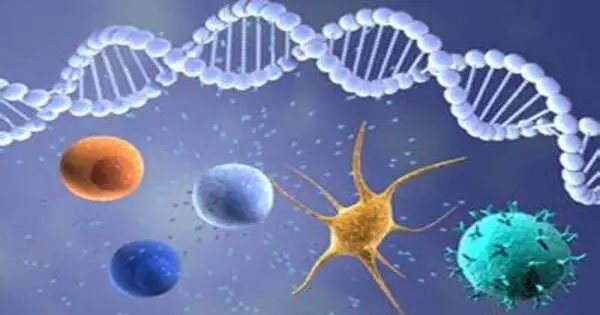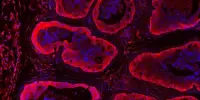For many years, researchers have focused on the use of combination treatments in cancer treatment. Combining various cancer inhibitors, such as targeted treatments, chemotherapy, immunotherapy, or radiation therapy, can be an effective strategy for slowing tumor development and improving treatment outcomes.
An international team of researchers has shown that combining inhibitors can decrease tumor growth and prevent relapse in patients with specific malignancies, such as head and neck squamous cell carcinoma and lung adenocarcinoma. Their findings lend support to the future development of novel therapeutic methods for these malignancies. The team’s findings were published in the journal Oncogene.
Scientists know that the Hippo signaling system plays a critical role in the fast growth of cells that occurs in malignancies in humans and other species. Yes-associated protein 1, or YAP, is a protein that is vital in regulating tumor growth progression and in the onset and spread of a variety of malignancies. When the Hippo pathway is disrupted, it activates YAP, which contributes to head and neck squamous cell cancer. Both the Hippo pathway and the YAP pathway have received attention as signaling mechanisms that affect cancer cell properties.
The combination therapy targeting both EGFR and AXL or YAP at the same time may effectively suppress tumor growth and prevent resistance and relapse in patients with EGFR-altered cancers, such as head and neck squamous cell carcinoma and lung adenocarcinoma.
Toshinori Ando
The epidermal growth factor receptor, or EGFR, is a protein on cells that promotes growth. When the EGFR gene is mutated, it can overproduce, leading to cancer. In head and neck squamous cell carcinoma, EGFR is typically amplified and overexpressed, and it is mutated and activated in lung adenocarcinoma. As a result, an EGFR inhibitor, a medicine that inhibits cancer growth, is utilized as a targeted therapy in the treatment of certain tumors.
In earlier work, the research team clarified the mechanism by which EGFR activates YAP through the Hippo pathway. However, EGFR-targeted monotherapy has shown a low response rate. Based on this evidence, researchers believe that EGFR inhibitors may temporarily inactivate YAP, but when YAP is re-activated, it increases resistance to the EGFR inhibitors used to fight the cancer. Scientists do not yet fully understand how the YAP is re-activated.

The current work focuses on AXL, a receptor-type tyrosine kinase. They set out to understand the mechanism that causes cancer cells to become resistant to EGFR inhibitors, concentrating specifically on the unique regulation mechanism of YAP by AXL. AXL and other receptor-type tyrosine kinases perform vital roles in cell activities. AXL is mostly expressed in immune cells when it is functioning normally, and it is responsible for eliminating dead cells and limiting the duration of immune responses. When AXL is misregulated, it can cause malignancies such as lung adenocarcinoma, acute leukemia, and head and neck squamous cell carcinoma.
The team used comprehensive transcriptional analysis and in vitro experiments in their study. With this research, the team clarified that AXL stimulates YAP through a novel mechanism when AXL combines with EGFR. This combination activates YAP via the EGFR-LATS1/2 axis. LATS1/2, or large tumor suppressor kinases, are important members of the Hippo pathway. The team determined that the combination of AXL and EGFR inhibitors working together inactivates YAP and suppresses the viability of head and neck squamous cell carcinoma and lung adenocarcinoma cells.
“The combination therapy targeting both EGFR and AXL or YAP at the same time may effectively suppress tumor growth and prevent resistance and relapse in patients with EGFR-altered cancers, such as head and neck squamous cell carcinoma and lung adenocarcinoma,” said Toshinori Ando, assistant professor at Hiroshima University Hospital’s Center of Clinical Oral Examination.
In the future, the team hopes to develop effective medications that can target EGFR, AXL, and YAP. “We believe that intrinsic YAP activation or acquired re-activation after EGFR-targeted therapy in head and neck squamous cell carcinoma and lung adenocarcinoma has yet to be clarified.” “We will continue the research,” stated J. Silvio Gutkind, distinguished professor in the Department of Pharmacology at the University of California, San Diego.
















